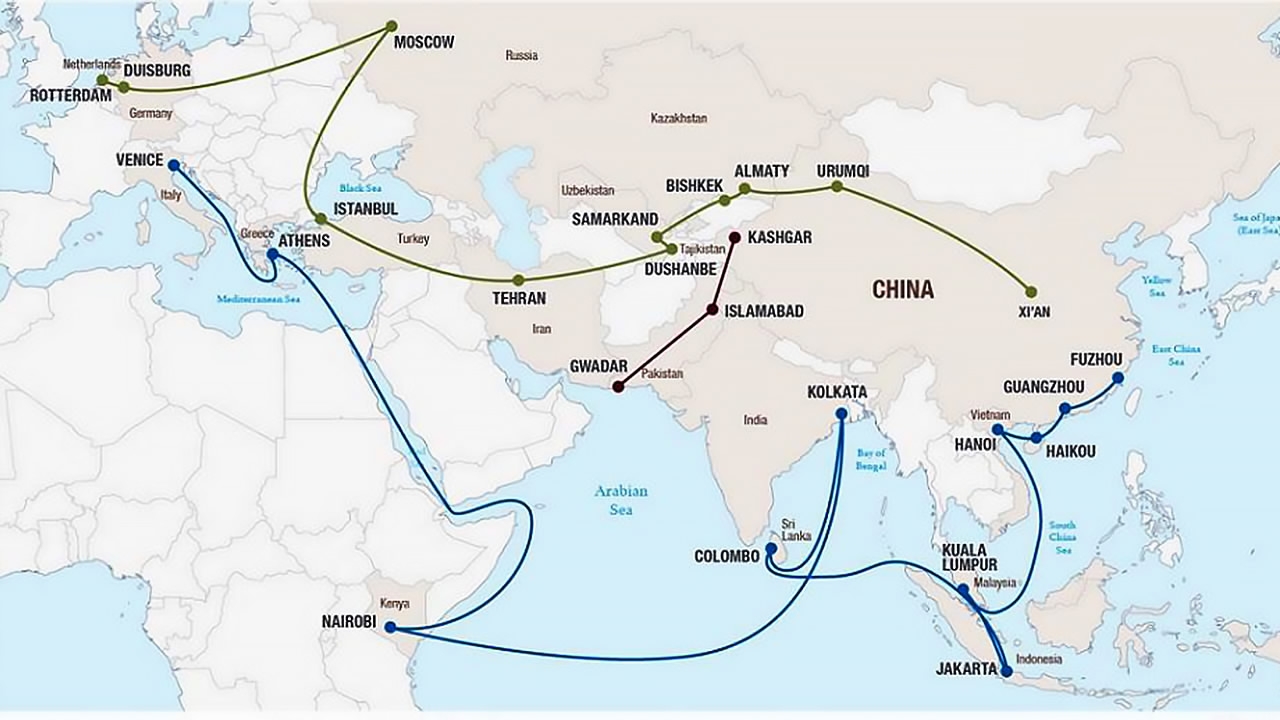
17:53, 28-Feb-2019
The Belt and Road Initiative I - How projects work
Robert Lawrence Kuhn
The Belt and Road initiative, President Xi Jinping’s signature strategy in foreign policy, has transitioned from theory to practice. It provides to developing countries what they need most - infrastructure - roads, railways, ports, airports, power plants, oil and gas pipelines and refineries, and Free Trade Zones, as well as supporting IT, telecom and financial services. During the first eight months of 2016, almost 4,000 engineering contracts were signed by Chinese companies in 61 countries along the Belt and Road, with a combined contract value of almost 70 billion US dollars. Based on latest data, Chinese enterprises had established 52 economic cooperation zones in Belt and Road countries while paying 900 million dollars in local taxes and creating nearly 70,000 local jobs. But how do Belt and Road projects actually work? What are the processes, challenges, criticisms, and risks? Only by digging into real-world detail of real-world projects can we appreciate the Belt and Road Initiative.

The Belt and Road Initiative connects China to countries in Southeast Asia, Central Asia, Europe, and Africa through land and sea routes.
The Belt and Road Initiative connects China to countries in Southeast Asia, Central Asia, Europe, and Africa through land and sea routes.
Perhaps the world’s biggest and most intractable problem is global imbalances - unequal incomes and lopsided lifestyles among regions and countries. Though we should always help our fellow human beings, we also help the poor because it makes our world more stable - extreme poverty and gross inequalities are fertile breeding grounds for volatility and extremism. China’s track record of constructing infrastructure is unparalleled in history, and by helping develop Belt and Road countries, China benefits the world. But benefits must flow in both directions. Increasing prosperity of Belt and Road countries improves the longer-term trade outlook for China, both the amount of trade and the diversity of its sources. Increasing exports of Belt and Road countries would help sustain the growth of Chinese exports. Chinese enterprises, however, are not highly experienced in investing overseas. There are lessons to be learned - two of the biggest being social sensitivities to local cultures and financial risk in unstable conditions. That’s the real world. That’s how we get closer to China.
SITEMAP
Copyright © 2018 CGTN. Beijing ICP prepared NO.16065310-3
Copyright © 2018 CGTN. Beijing ICP prepared NO.16065310-3